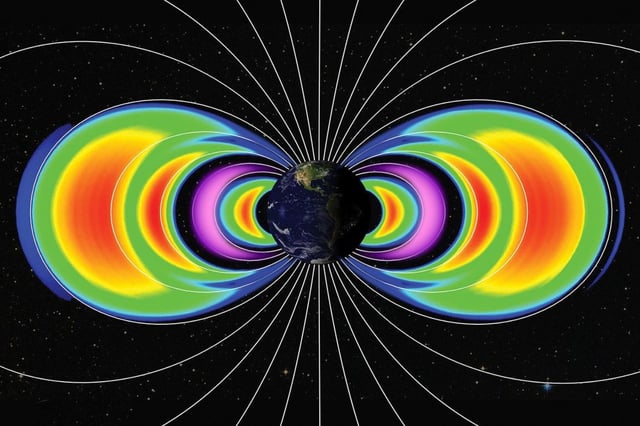Overview
- The May 2024 solar storm generated two temporary radiation belts between Earth's permanent Van Allen Belts, a phenomenon observed through NASA's CIRBE CubeSat.
- One of the belts included high-energy protons, marking a unique composition not seen in previous temporary radiation belts caused by solar storms.
- The electron belt lasted over three months, while the proton belt remains stable and may still exist, raising concerns for spacecraft traveling through these regions.
- CIRBE, a small satellite that had gone dormant before the storm, unexpectedly resumed operations, enabling high-resolution data collection that revealed the belts' formation and dynamics.
- The findings, published in the Journal of Geophysical Research: Space Physics, provide critical insights for safeguarding spacecraft and astronauts from radiation hazards during future solar storms.
